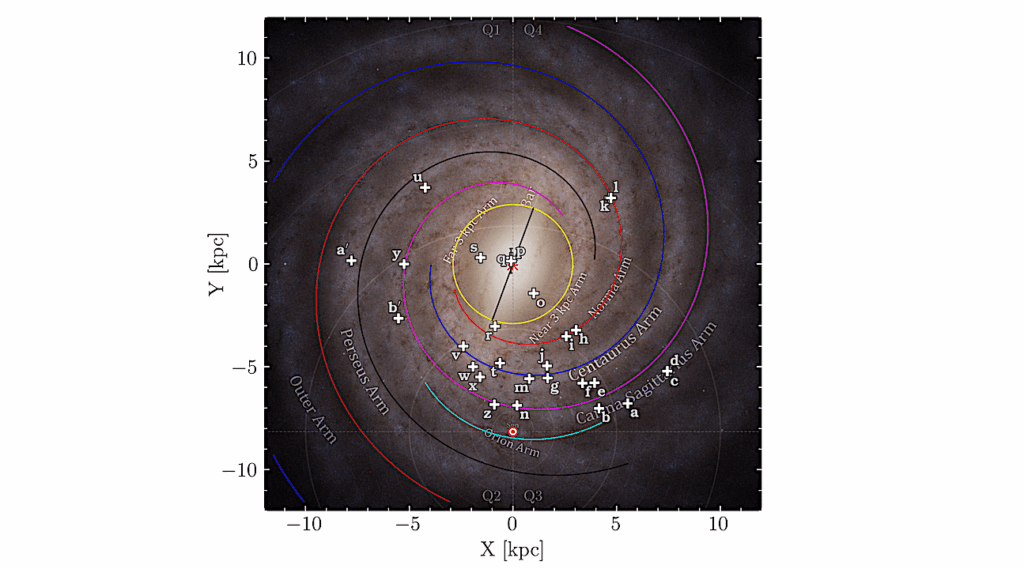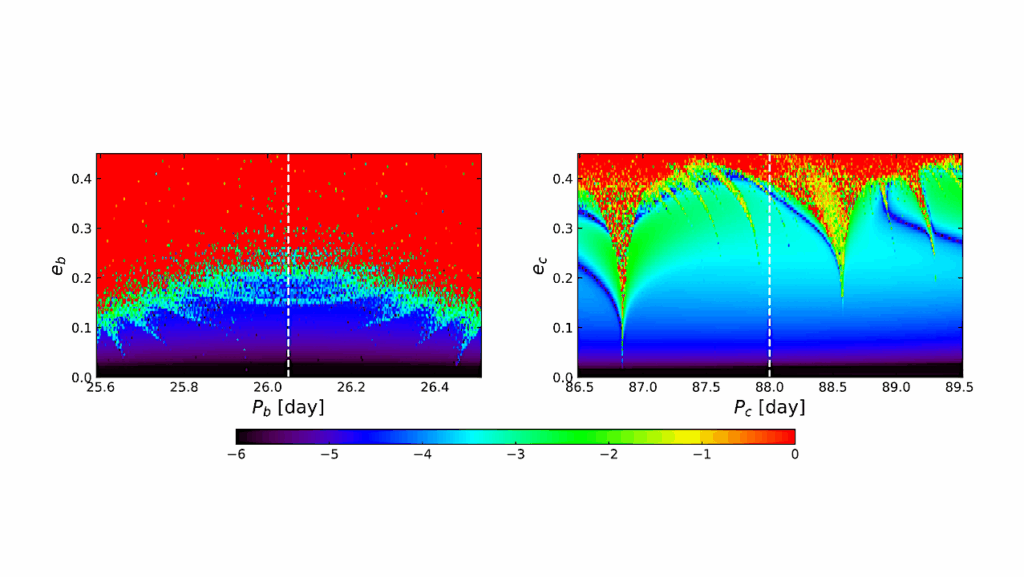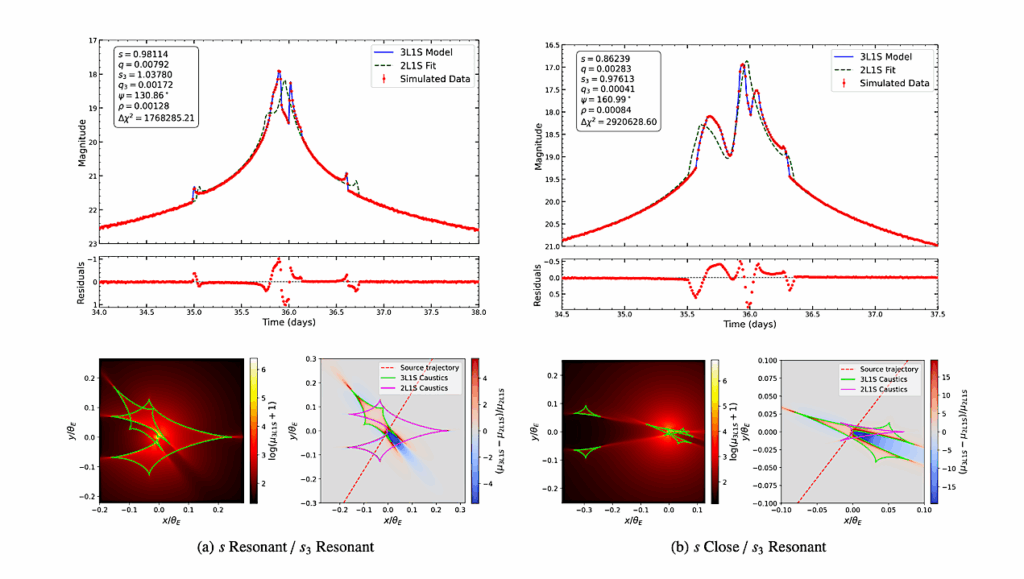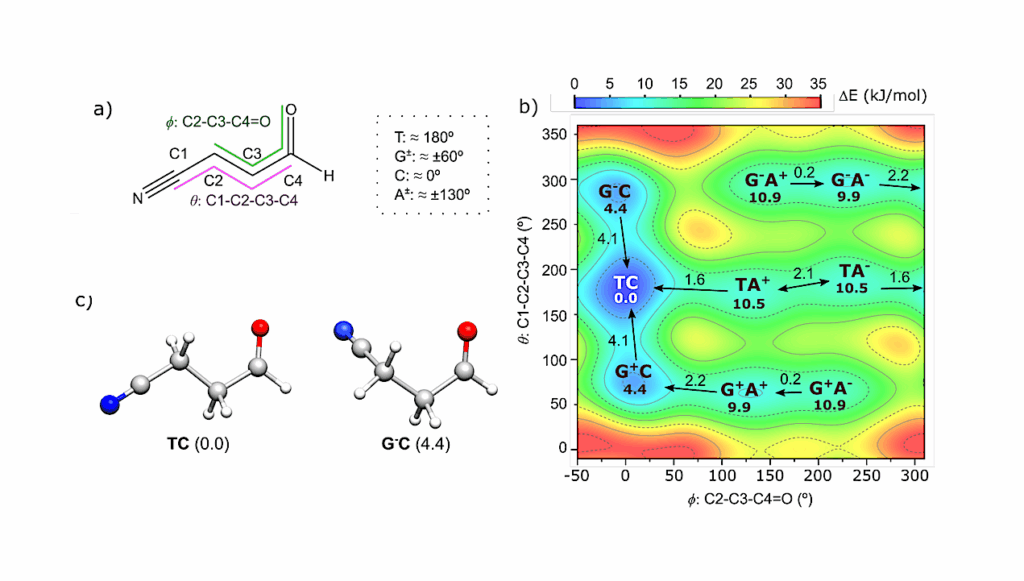The PLATO Terrestrial Planet Hunter Telescope Will Begin Searching For Another Earth In 2026

Europe’s next big space mission – a telescope that will hunt for Earth-like rocky planets outside of our solar system – is on course to launch at the end of 2026.
PLATO, or PLAnetary Transits and Oscillations of stars, is being built to find nearby potentially habitable worlds around Sun-like stars that we can examine in detail.
The space telescope will blast into orbit on Europe’s new rocket, Ariane-6, which made its maiden flight last week after being developed at a cost of €4billion (£3.4billion).
Dr David Brown, of the University of Warwick, is giving an update on the mission at the Royal Astronomical Society’s National Astronomy Meeting at the University of Hull this week.
“PLATO’s goal is to search for exoplanets around stars similar to the Sun and at orbital periods long enough for them to be in the habitable zone,” he said.
“One of the main mission objectives is to find another Earth-Sun equivalent pair, but it is also designed to carefully and precisely characterise the exoplanets that it finds (i.e. work out their masses, radii, and bulk density).”
PLATO isn’t just an exoplanet hunter, however. It is also a stellar science mission.
As well as searching for exoplanets it will study the stars using a range of techniques including asteroseismology (measuring the vibrations and oscillations of stars) to work out their masses, radii, and ages.
Unlike most space telescopes, PLATO has multiple cameras – including a UK-named one called ArthurEddington, after the famous astronomer and physicist who won the Royal Astronomical Society’s prestigious Gold Medal in 1924.
IMAGE

Ten of the final cameras have been built and tested and the first of these was mounted onto the optical bench – the surface which keeps all cameras pointed in the right direction – earlier this year. CREDIT OHB System AG
It has 24 ‘Normal’ cameras (N-CAMs) and 2 ‘Fast’ cameras (F-CAMs). The N-CAMs are arranged into four groups of six cameras, with the cameras in each group pointing in the same direction but the groups slightly offset.
This gives PLATO a very large field of view, improved scientific performance, redundancy against failures, and a built-in way to identify ‘false positive’ signals that might mimic an exoplanet transit, Dr Brown explained.
“The planned observing strategy is to stare at two patches of sky, one in the North and one in the South, for two years each,” he added.
“The Southern patch of sky has been chosen, while the Northern patch won’t be confirmed for another few years.”
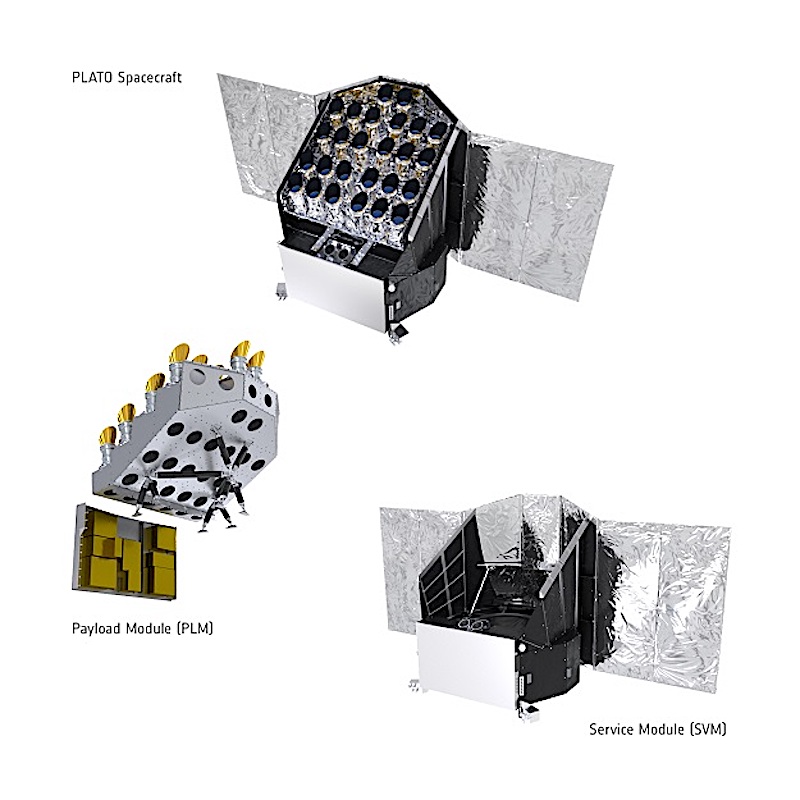
The PLATO spacecraft is a 3-axis stabilised system with a launch mass of 2500 kg, including consumables, a size of about 3.5 m (x) × 3.6 m (y) × 3.7 m (z) in stowed configuration, and a deployed wing span of approximately 9 m. It is designed to meet the main mission specific requirements: Accommodate a large payload of 26 cameras and protect it from exposure to the Sun Operate for up to 8.5 years at the second Lagrange point, L2 (nominal mission duration 4.5 years); Provide a stable pointing for long duration observations; Transmit a large amount of scientific data to Earth; To achieve this, the spacecraft consists of two main modules: the Payload Module and the Service Module. Several of the spacecraft’s components have finished their manufacturing programmes and are close to completing their calibration tests. This includes the UK-provided Front-End Electronics (FEE) for the N-CAMs. — ESA

The Payload Module, which accommodates the cameras, is mechanically decoupled from the rest of the spacecraft by means of a truss structure with flexible joints (this ensures a quasi-isostatic support necessary to maintain the required pointing). The module is mostly made of carbon fiber to increase stiffness and reduce thermo-elastic deformations. It includes a radiator panel (made of aluminum) where all the payload electronic units are accommodated. — ESA
The Service Module contains all the systems necessary to operate the spacecraft in the designated orbit. It includes:
- a sunshield to protect the cameras from the Sun, that also carries the solar panels (three panels mounted on the spacecraft body and four deployable panels on two wings) necessary to provide power (3000 W) to the satellite;
- a propulsion system (a blow-down, monopropellant system) necessary to reach and maintain the orbit;
- an attitude control system based on reaction wheels, thrusters, gyros, sun sensors and star trackers required to control the pointing;
- a communication system in X-band (for the satellite control) and K-band (for science data transfer at high data rate, up to 72 Mbps) with a steerable high-gain antenna and three low-gain antennas (two of them fixed and one steerable);
- a thermal control system based on heaters, radiators and multi-layer insulation (MLI) to provide the required temperatures to all the units;
- a control and data management system to oversee the operation of the satellite, receive commands and control all the autonomous functions, including dealing with potential anomalies.
All electronic units are accommodated on the lower panel that acts as a radiator. The structure, based on a carbon fiber central tube and shear panels, provides the interface to the launcher as well as a stiff base for the payload module.
Built by the Mullard Space Science Laboratory of University College London, these operate the cameras, digitise the images, and transfer them to the onboard data processing.
Ten of the final cameras have been built and tested and the first of these was mounted onto the optical bench – the surface which keeps all cameras pointed in the right direction – earlier this year.
The mission is on track to launch in December 2026.
Astrobiology, Astronomy,


